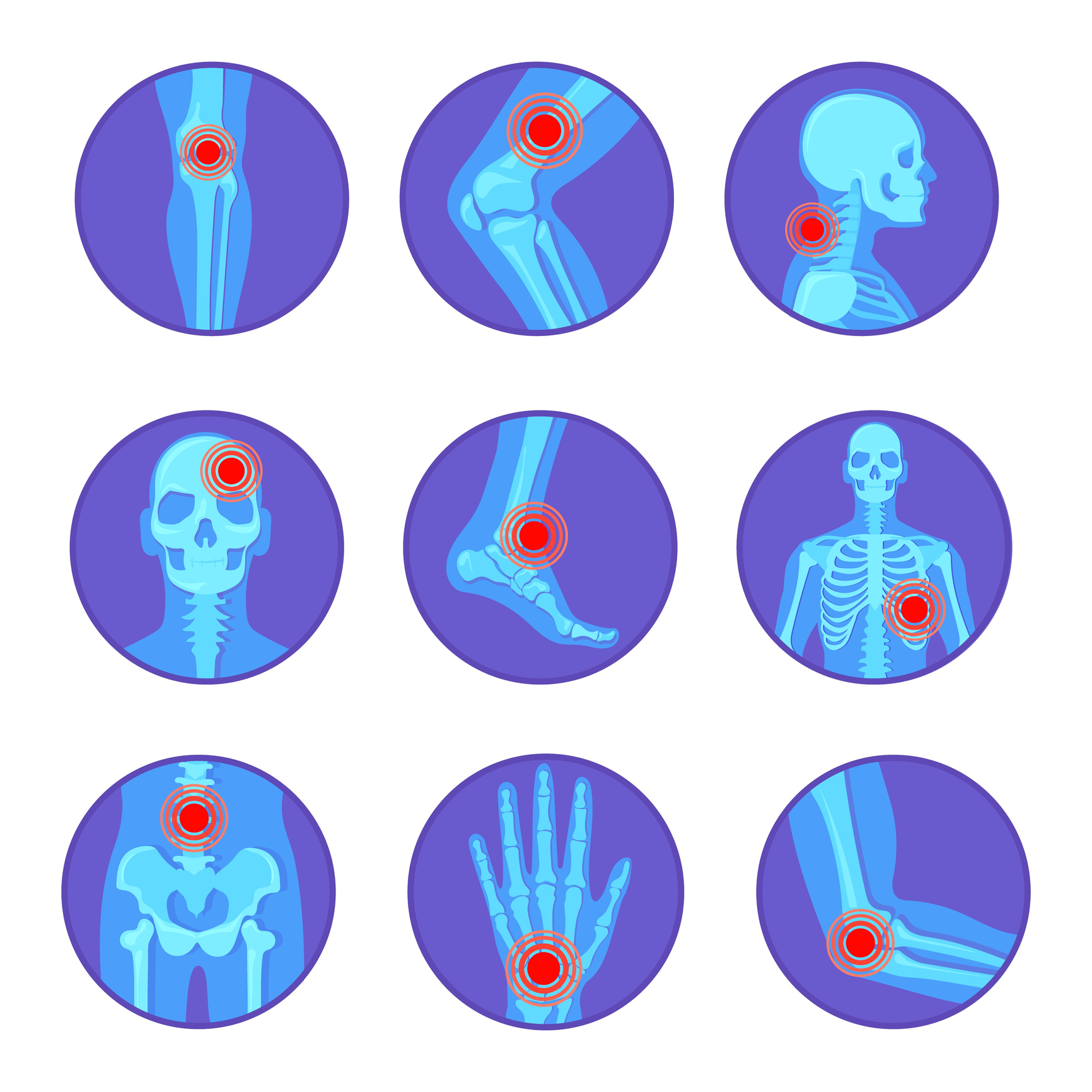This study aimed to evaluate patient comorbidity, care encounter, demographic, and clinical differences in non‐Hmong and Hmong gout patients. All inpatient encounters (Hmong vs. non‐Hmong) were reviewed from the years 2014 to 2017, using the retrospective chart review. Chronic or acute gout was the primary or secondary diagnosis for the encounter.
Hmong gout patients were on average 11 years younger than non‐Hmong patients, but after adjusting for age, sex, and type of encounter, they had similar hypertension, diabetes, and heart disease rates. Hmong patients had significantly decreased renal function at time of presentation; the odds ratio of CKD for Hmong patients was 2.33 vs. 1.48 for non‐Hmong patients (p<0.05), mean creatinine 3.3 mg/dL vs. 2.0 mg/dL (beta = 1.35) and GFR 44.8 mL/min vs 49.3 mL/min (beta = ‐6.95). Hmong gout patients were more likely to use emergency care vs. elective/ urgent care, less likely to be using medications for the treatment of gout before admission (32.3% vs. 58.2%), and the length of hospital stay was increased (8.8 vs. 5.2 days, p<0.05).
In conclusion, the study found that Hmong gout patients who had a tertiary care encounter were 11 years younger than non‐Hmong patients with similar comorbidities rates but had worse renal function despite the age differences.


